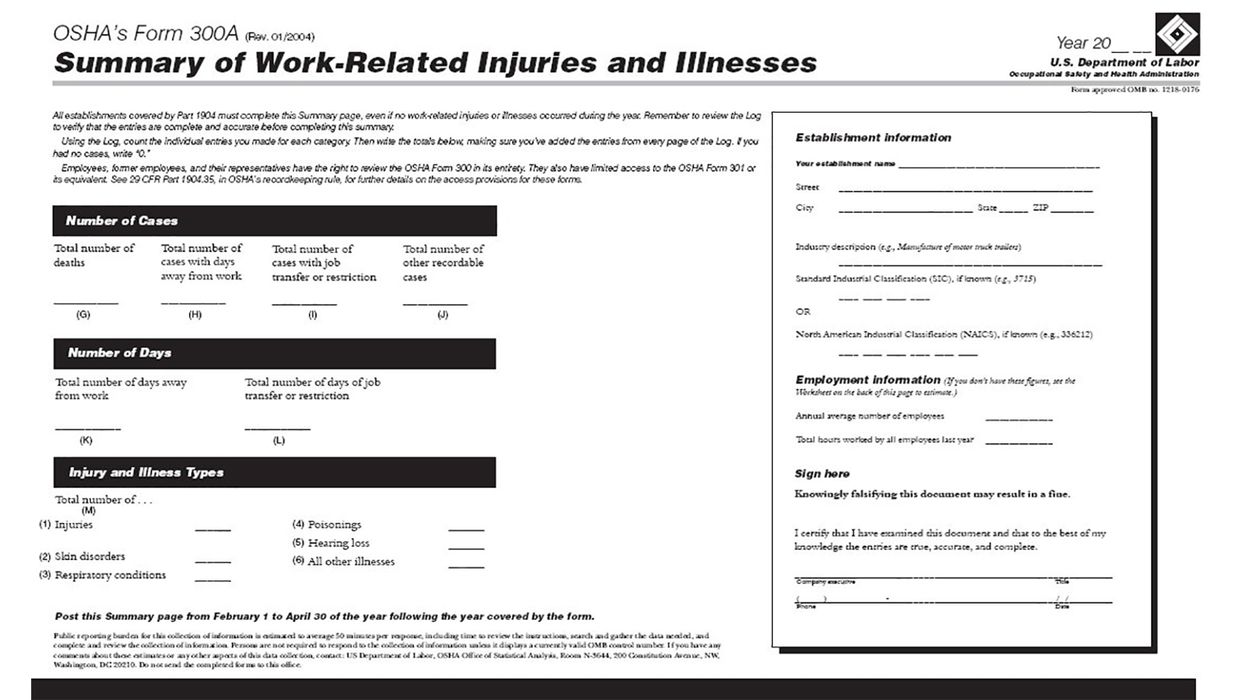To avoid a retaliation claim, take a step back
For the past five years, retaliation was the most frequent discrimination charge investigated by the U.S. Equal Employment Opportunity Commission (EEOC).
This fact was shared in a webinar called “Navigating Workplace Success: EEOC & SBA Essentials for Small Business,” presented by the EEOC Memphis District Office, with input from the Small Business Association (SBA).
To avoid a charge of retaliation, or any other discrimination charges, employers should help employees understand what workplace discrimination is, according to Monica Colunga, an EEOC outreach and education coordinator.
“Make sure there is training,” she said. “Training costs less than a violation and not knowing is no excuse. Walk around and be observant as to what’s going on in the workplace and address it.”
What is retaliation?
Retaliation occurs when an employer takes negative action against an employee because that employee made a discrimination claim against the employer or supported another employee’s claim.
There are three elements of an employee retaliation claim:
- The employee opposed discrimination.
- The employer or supervisor took adverse action, such as terminating or demoting the employee.
- There is a connection between the protected activity and the adverse action.
Examples of employee opposition to discrimination include:
- Threatening to file a charge or other formal complaint alleging discrimination,
- Complaining to anyone about alleged discrimination against oneself or others,
- Refusing to obey an order because of a reasonable belief that it is discriminatory, and
- Requesting reasonable accommodation or religious accommodation.
“Retaliation isn’t always intentional,” Colunga said. “Sometimes it’s a mistake. An employee brings up concerns and is then punished.”
She said if a leader receives a complaint that “doesn’t feel good,” they should step back and try not to react right away by punishing the employee.”
What can an employer do?
Colunga said the first question an EEOC investigator will ask an employer when looking into a charge of retaliation or any type of discrimination is, “what is your policy, and did you follow it?”
She said a good policy clearly spells out how employees can report discrimination.
“It makes employees feel good and safe as employees if they know where to go when there are issues,” Colunga said.
She added that it’s also important to display the EEO (Know Your Rights: Workplace Discrimination is Illegal) poster in the workplace where people can see it. Investigators will look for it, she said.
When asked by an attendee about employee records, Colunga reminded employers to keep medical records separate from employee files, and to maintain files for at least one year after an employee leaves the company, or if there is a complaint, hold on to the file until the matter is resolved.
Key to remember: Retaliation has been the number one discrimination charge received by the EEOC for each of the past five years. In a recent webinar, an EEOC official advised employers that training, a strong policy, displaying the EEO poster, and good recordkeeping can help employers avoid retaliation and other discrimination charges.



















































